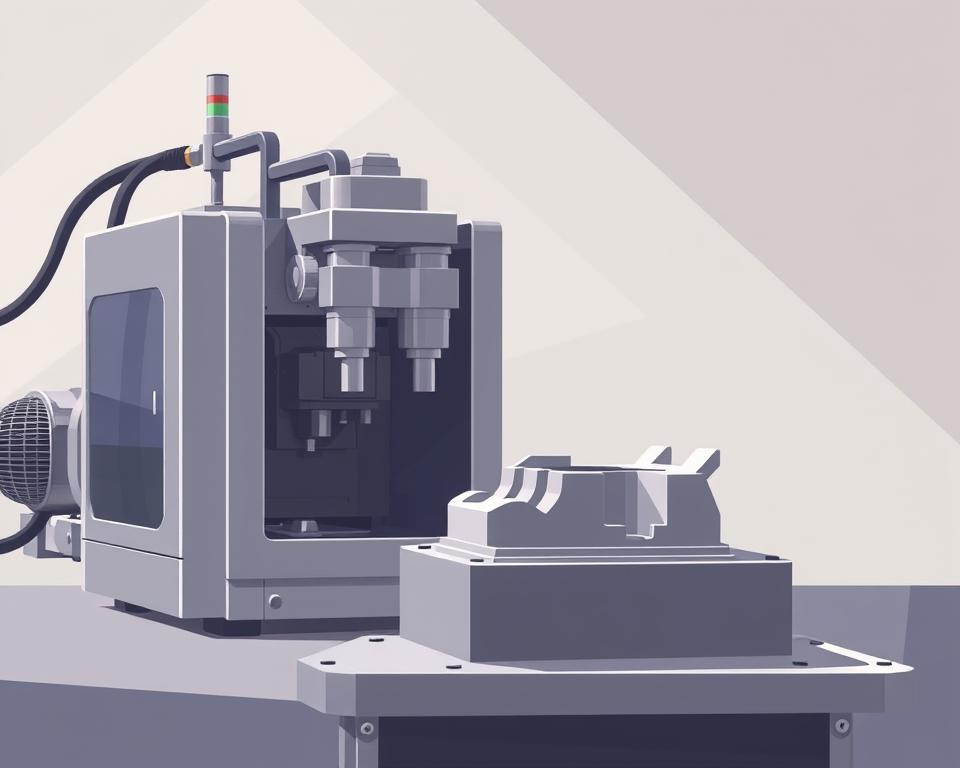China Injection Molding Sourcing: A Complete Guide
Well, the major meeting has just concluded. your new product has been approved, the schedule is tight, and the budget is… well, let’s just say it’s tight.. And suddenly someone—perhaps your superior or the finance head—says the fateful words that make any project manager’s heart skip a beat: “We should look at sourcing this from China.”
Of course, you acknowledge. It makes sense on paper. The cost savings can be huge. But your mind is already racing. You’ve heard the stories, haven’t you? The nightmare of defective parts, opaque communication, and delayed, off-spec shipments. It can feel like you’re being asked to walk a tightrope between landing a huge cost win for the company and steering your project straight into a ditch.
But here’s the catch. Procuring plastic mold needn’t be a roll of the dice. It’s no different from any structured project. And like any project, it succeeds or fails based on the process you follow. It’s not just about the lowest bid but selecting the best partner and overseeing every step. Forget the horror stories. Let’s go through a step-by-step guide to succeed.

Step One: Do Your Homework
Before you even whisper the word “supplier” or open a browser tab to Alibaba, you need to get your own house in order. In fact, most overseas manufacturing headaches stem from a vague or incomplete RFQ. Don’t assume a remote factory can guess your needs. Sending a vague request is like asking a builder to quote you for “a house.” The replies will range from absurdly low to exorbitant, none of which help.
Your RFQ should be bulletproof—clear, detailed, and unambiguous. This package is your project’s foundation.
What belongs in your RFQ?
First, your 3D CAD files. These are non-negotiable. Use standard formats such as STEP or IGS to ensure compatibility. This serves as the definitive part geometry reference.
However, 3D alone won’t cut it. You also need detailed 2D drawings. Here you specify what 3D can’t show. Examples include tolerances (e.g., ‘25.00±0.05 mm’), material grade, surface finish requirements, and functional callouts. Any seal surfaces or critical hole sizes must be clearly labeled.
Next up, material. Don’t just say “Plastic.” Nor just “ABS.” Get precise. Specify SABIC Cycolac MG38 in black, if that’s the resin you need. Why be exact? Because resin grades number in the thousands. Naming the precise grade locks in the mechanical, thermal, and aesthetic properties you need with plastic mold injection.
Your supplier might propose substitutes, but you must set the baseline.
Don’t forget the commercial info. What is your Estimated Annual Usage (EAU)? They need clarity: is it 1,000 total shots or a million units per annum? Cavity count, tooling cost, and per-unit pricing depend on volume.
Finding the Right Supplier
With your RFQ perfected, who will you target? The web is vast but overwhelming. Locating vendors is easy; vetting them is the real challenge.
Begin on popular marketplaces such as Alibaba or Made-in-China. They offer breadth but not depth. But think of them as a starting point, not the finish line. Narrow your pool to about a dozen promising firms.
Still, you must dig deeper. Perhaps hire a local sourcing specialist. They do cost extra. But a good one has a vetted network of factories they trust. They are your person on the ground, navigating the language and cultural barriers. As a newcomer, this offers priceless security. It’s schedule protection.
Another classic method? Trade shows. With budget permitting, Chinaplas or similar shows are invaluable. Meeting onsite is unbeatable. You can handle sample parts, meet the engineers, and get a gut feeling for a company in a way that emails just can’t match. Also, leverage the tried-and-true referral network. Ask other project managers in your network. Peer endorsements carry huge weight.
Separating Real Suppliers from Pretenders
With your RFQ dispatched to dozens of firms, bids begin to arrive. Some prices will undercut logic, others will shock you. Your job now is to vet these companies and narrow it down to two or three serious contenders.
How to proceed? It’s a bit of an art and a science.
First, look at their communication. Are their replies prompt and clear? Do they communicate effectively in English? The true litmus: are they raising smart queries? The best firms will question and suggest. Example: “Should we add draft here for better ejection?” or “Your tolerance may require extended CMM time—okay?” This is a massive green flag. It shows they’re engaged and experienced. Anyone who simply agrees to all specs is a red flag.
Next, dig into their technical capabilities. Get their tooling inventory. Review examples of parts akin to your design. A small-gear shop won’t cut it for a big housing.
Then comes the audit. This is not optional. As you vet staff, you must vet suppliers. You can either go yourself or, more practically, hire a third-party auditing firm in China to do it for you. They perform a one-day factory inspection. They authenticate the firm, review ISO credentials, evaluate machines, and survey operations. It’s a tiny cost for huge peace of mind.
From Digital File to Physical Part
After picking your vendor, you’ve negotiated the price and payment terms—a common structure is 50% of the tooling cost upfront to begin work, and the final 50% after you approve the first samples. Now the real fun begins.
Initially, expect a DFM report. DFM stands for Design for Manufacturability. It’s the engineering critique for moldability. They’ll flag thick sections prone to sink, sharp edges that stress, or insufficient draft. A detailed DFM shows expertise. It’s a collaboration. You iterate with their team to optimize the mold.
When you greenlight the DFM, they machine the mold. A few weeks later, you’ll get an email that will make your heart beat a little faster: “T1 samples have shipped.” These are your initial mold shots. It’s your first real test.
T1 parts usually require adjustments. This is normal! Look for small flaws, slight size errors, or surface marks. You supply feedback, they tweak the tool, and T2 plastic mold in China samples follow. It could require several iterations. Plan for this loop in your schedule.
Finally, a flawless part arrives. Dimensions, finish, and performance all check out. This is your golden sample. You sign off, and it serves as the master quality reference.
Final Steps to Mass Production
Receiving the golden sample seems like victory, but you’re not done. Next up: mass manufacturing. How do you maintain consistency for part 10,000?
Put a strong QC process in place. Typically, this means a pre-shipment audit. Again, you can hire a third-party service. For a few hundred dollars, they will go to the factory, randomly pull a statistically significant number of parts from your finished production run, and inspect them against your 2D drawing and the golden sample. You receive a full report with images and measurements. Only after you approve this report do you authorize the shipment and send the final payment. This audit shields you from mass defects.
Finally, think about logistics. Clarify your Incoterms. Does FOB apply, passing risk at the ship’s rail? Or EXW, shifting all transport to you? Your Incoterm selection drives landed expenses.
Sourcing from China is a marathon, not a sprint. It hinges on strong supplier relations. Treat them like a partner, not just a line item on a spreadsheet. Clear communication, mutual respect, and a solid process are your keys to success. It’s a challenging project, no doubt. However, armed with this guide, you’ll secure savings and keep high standards intact. You’ve got this.


